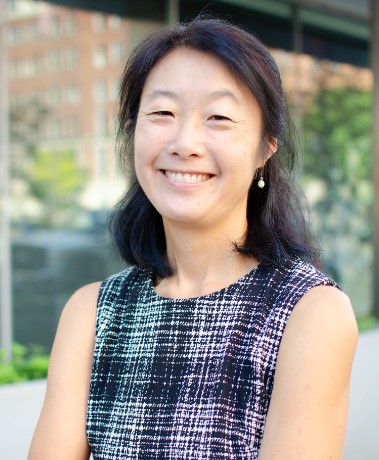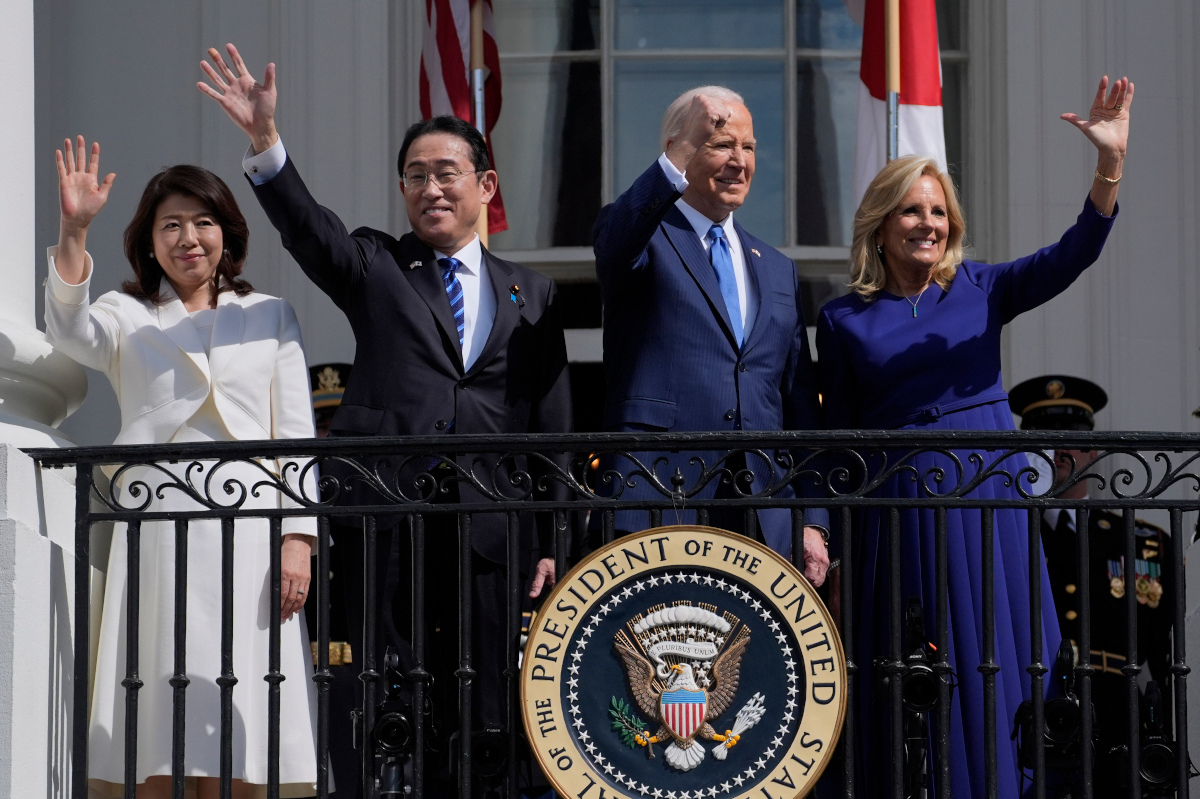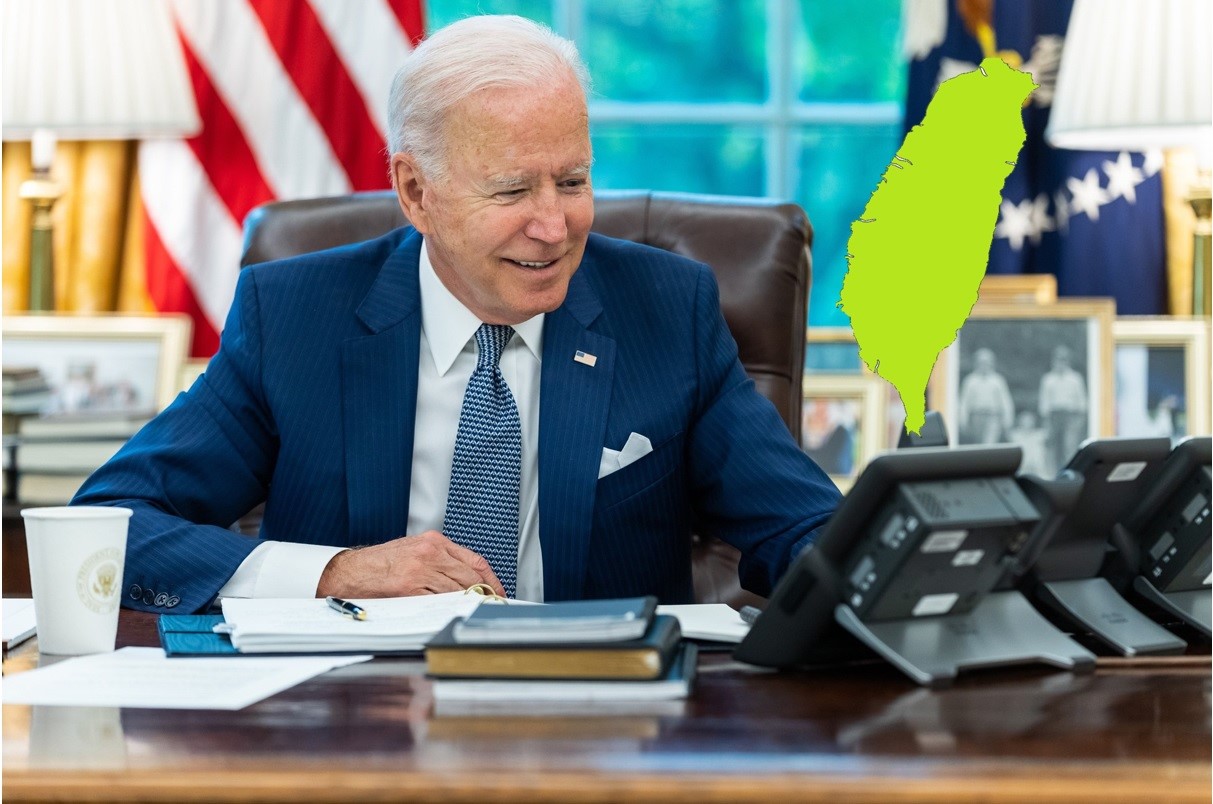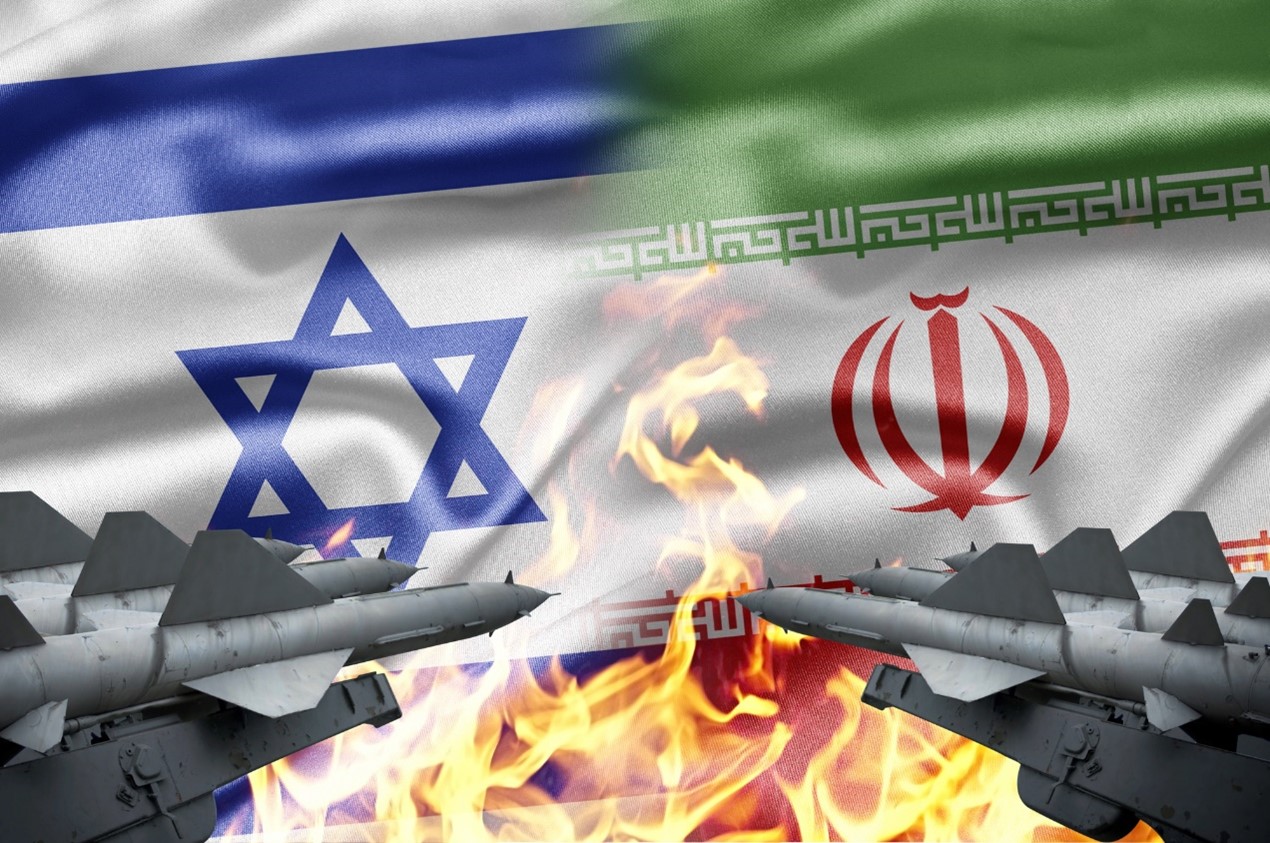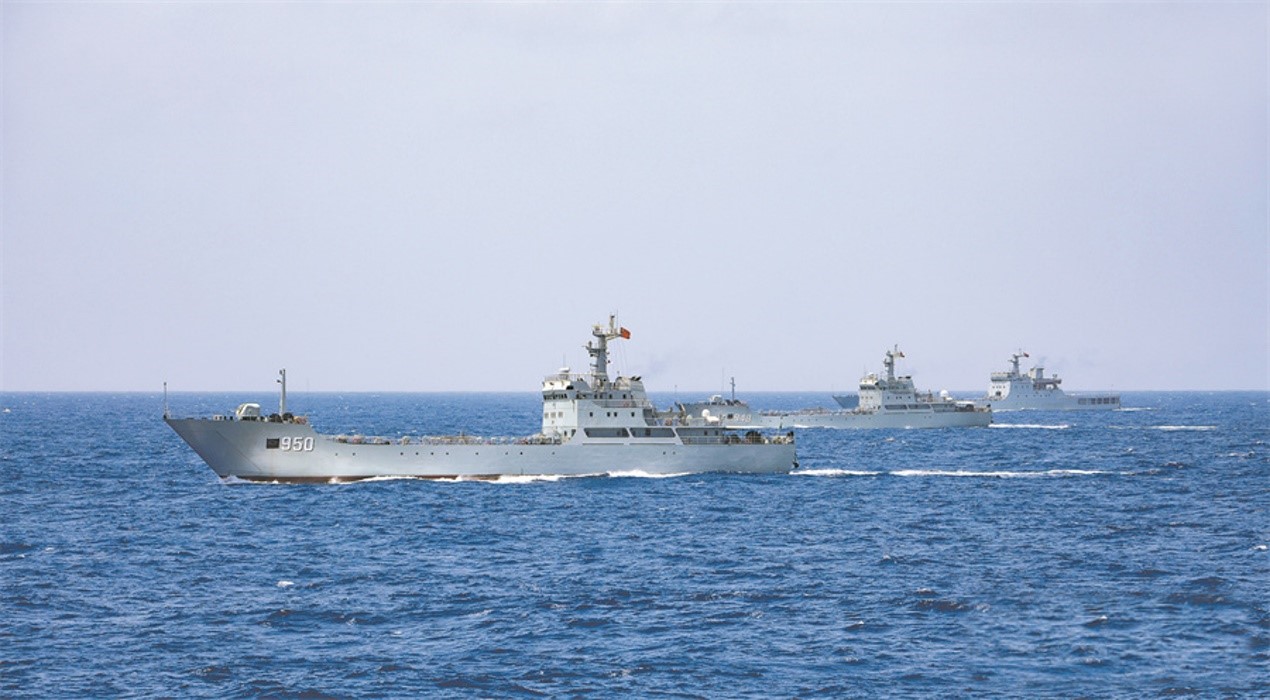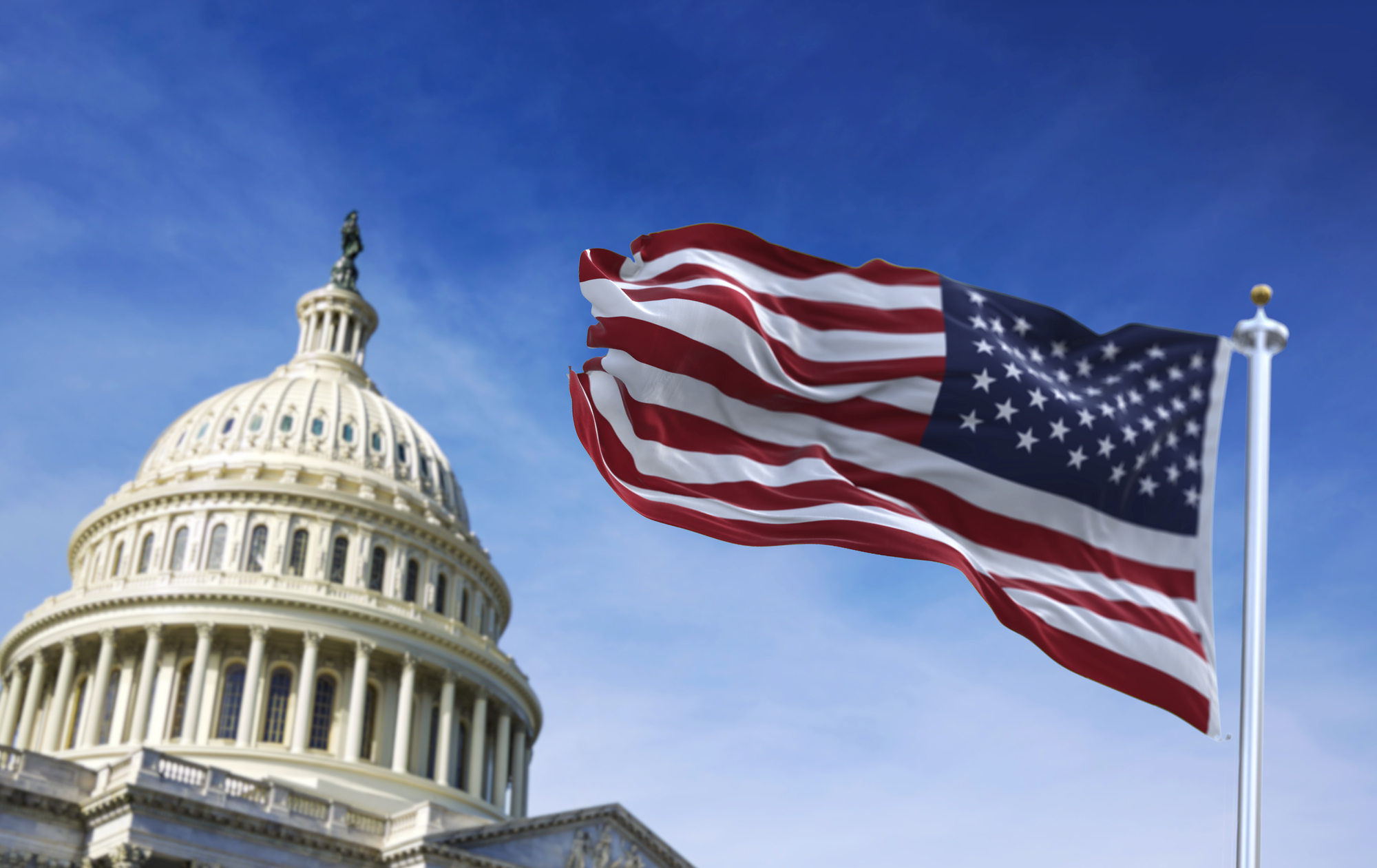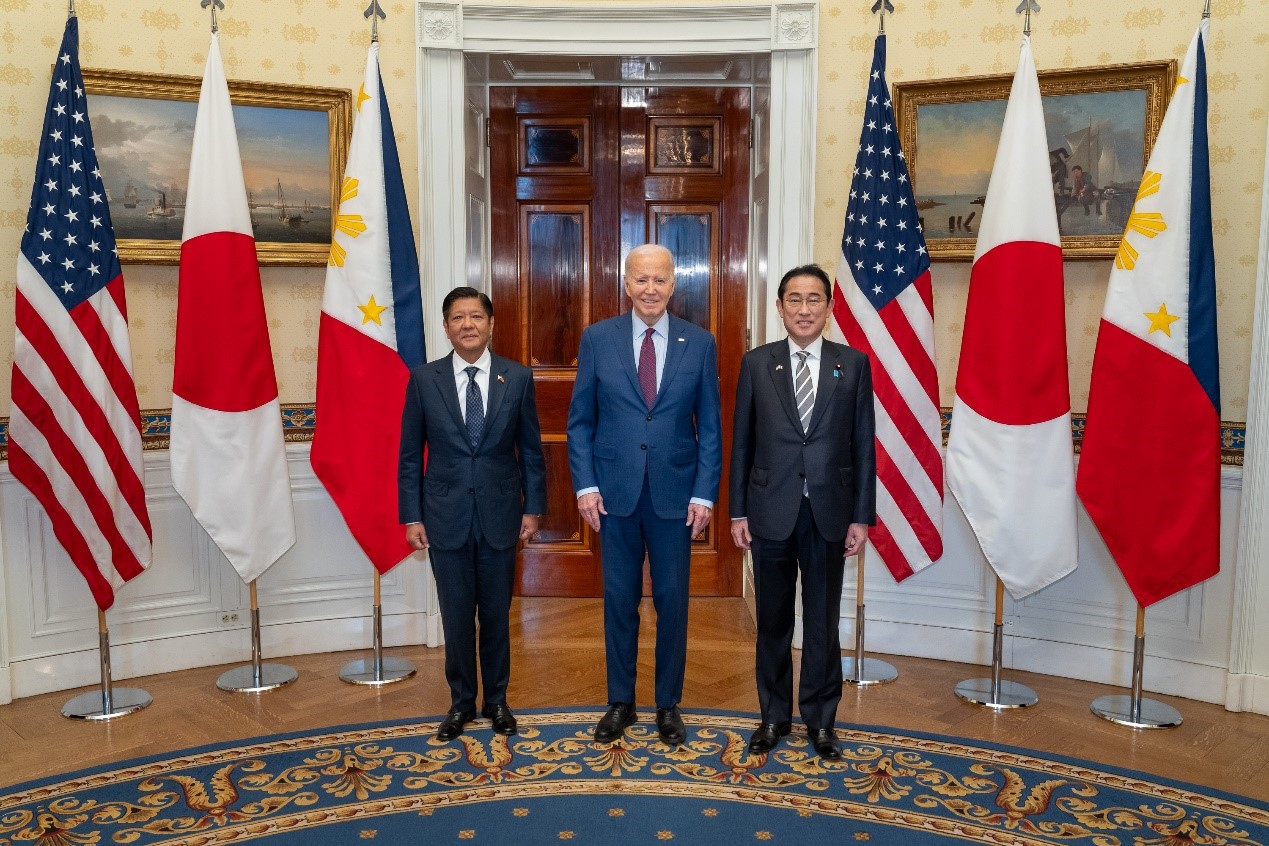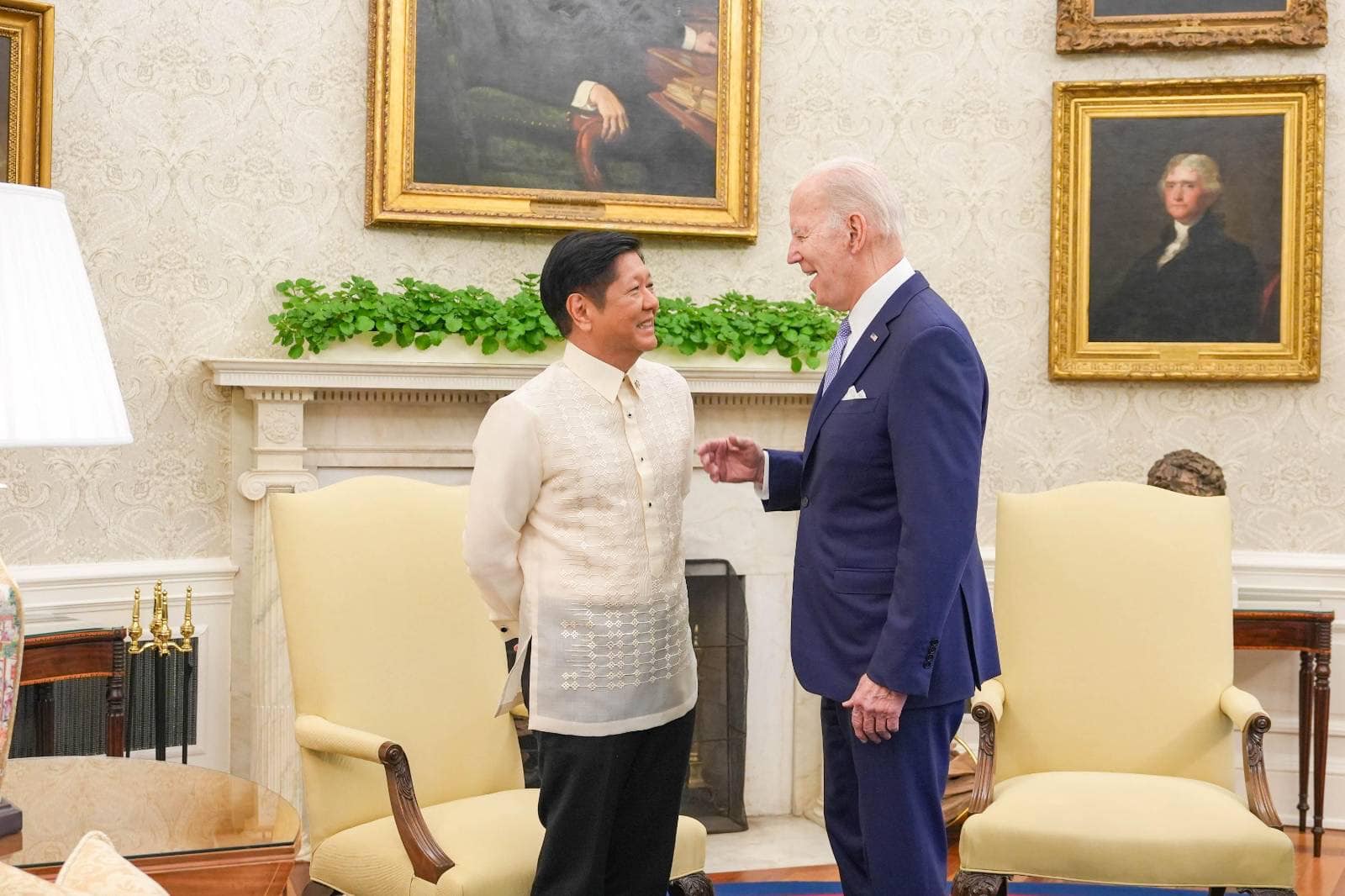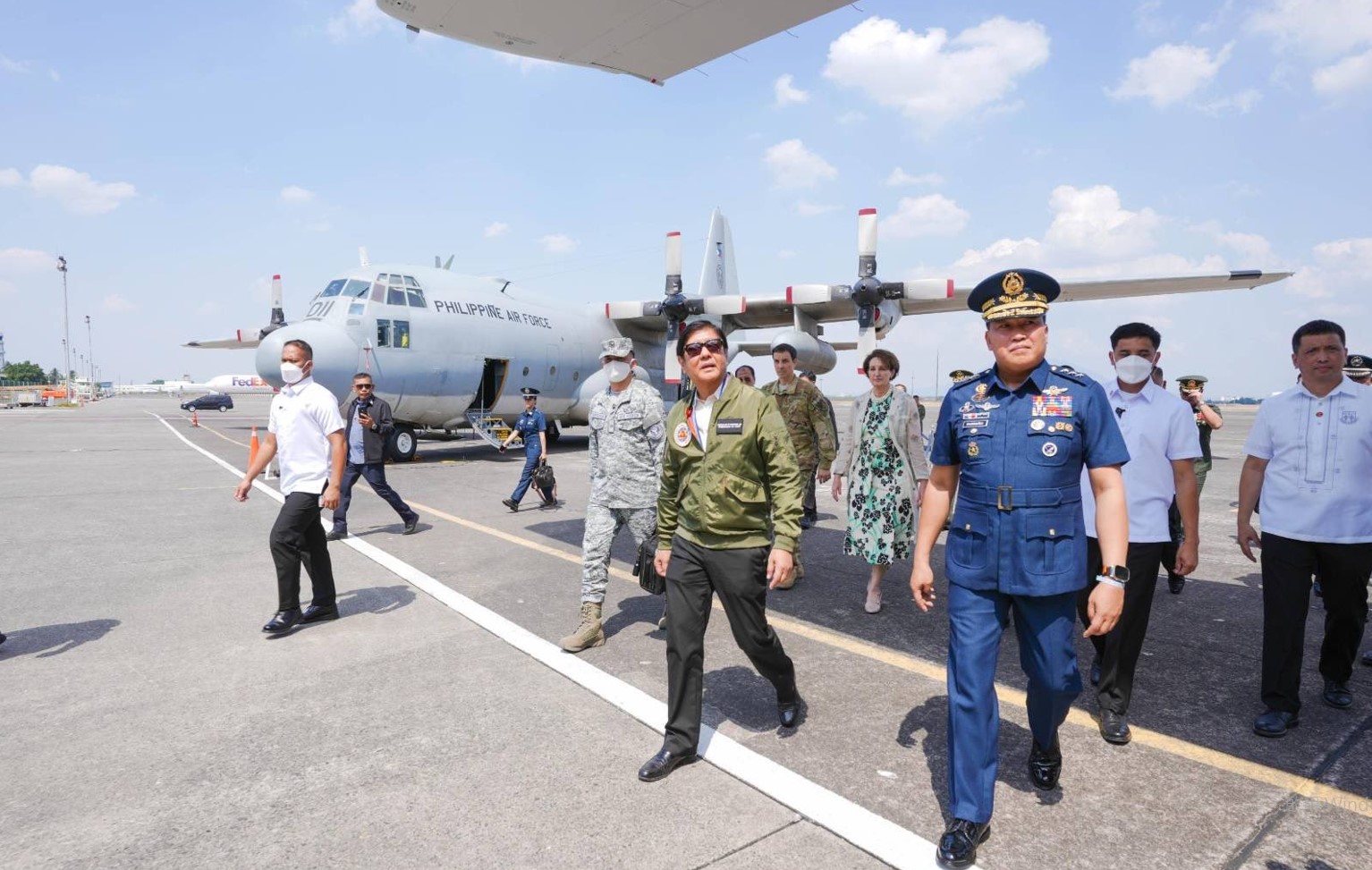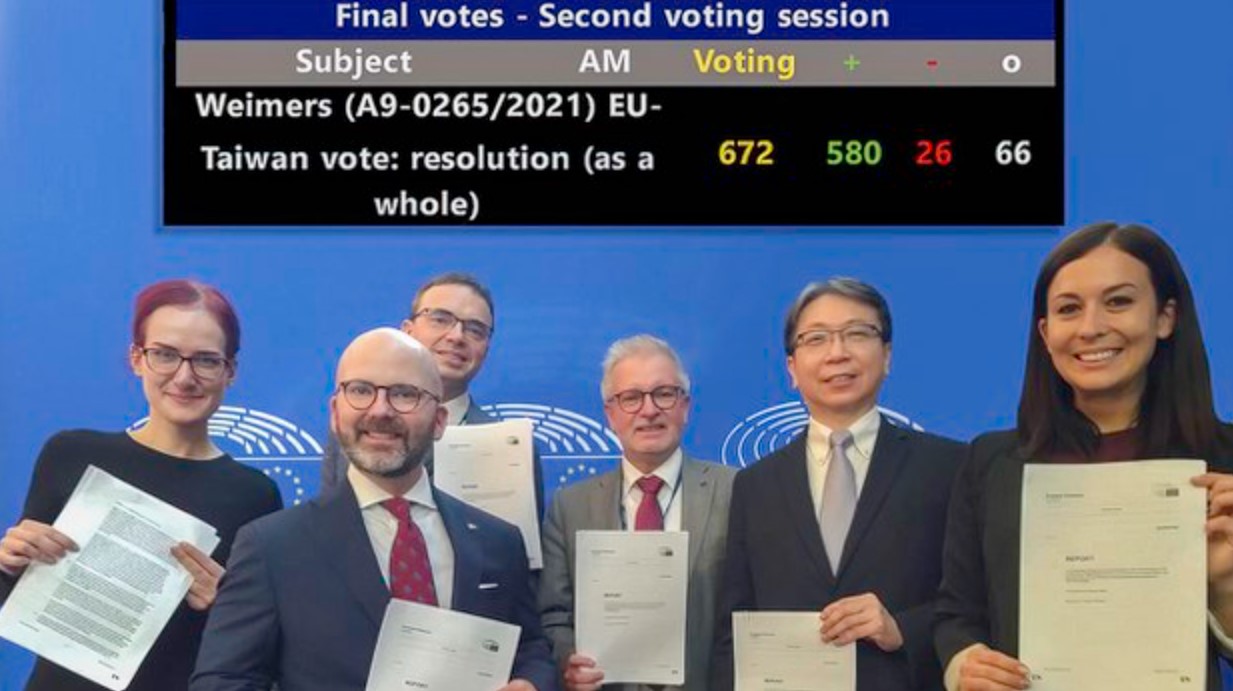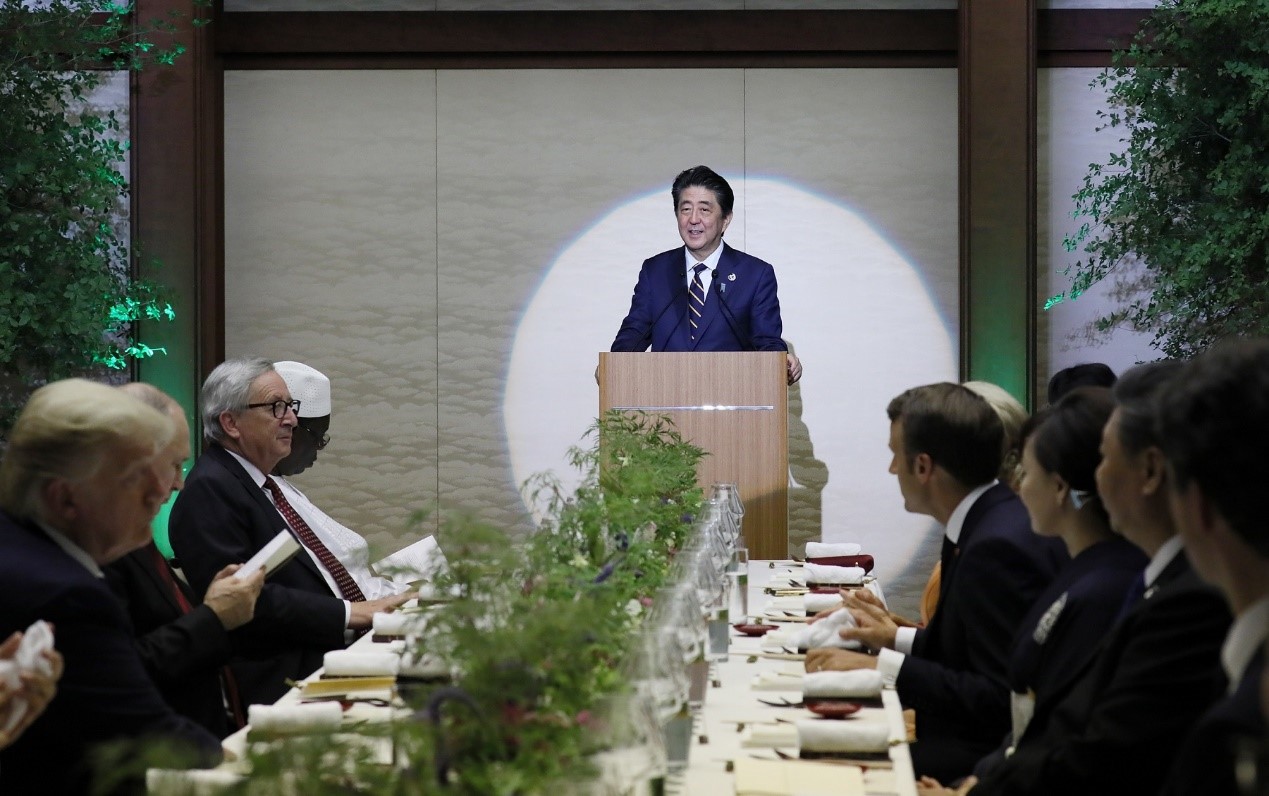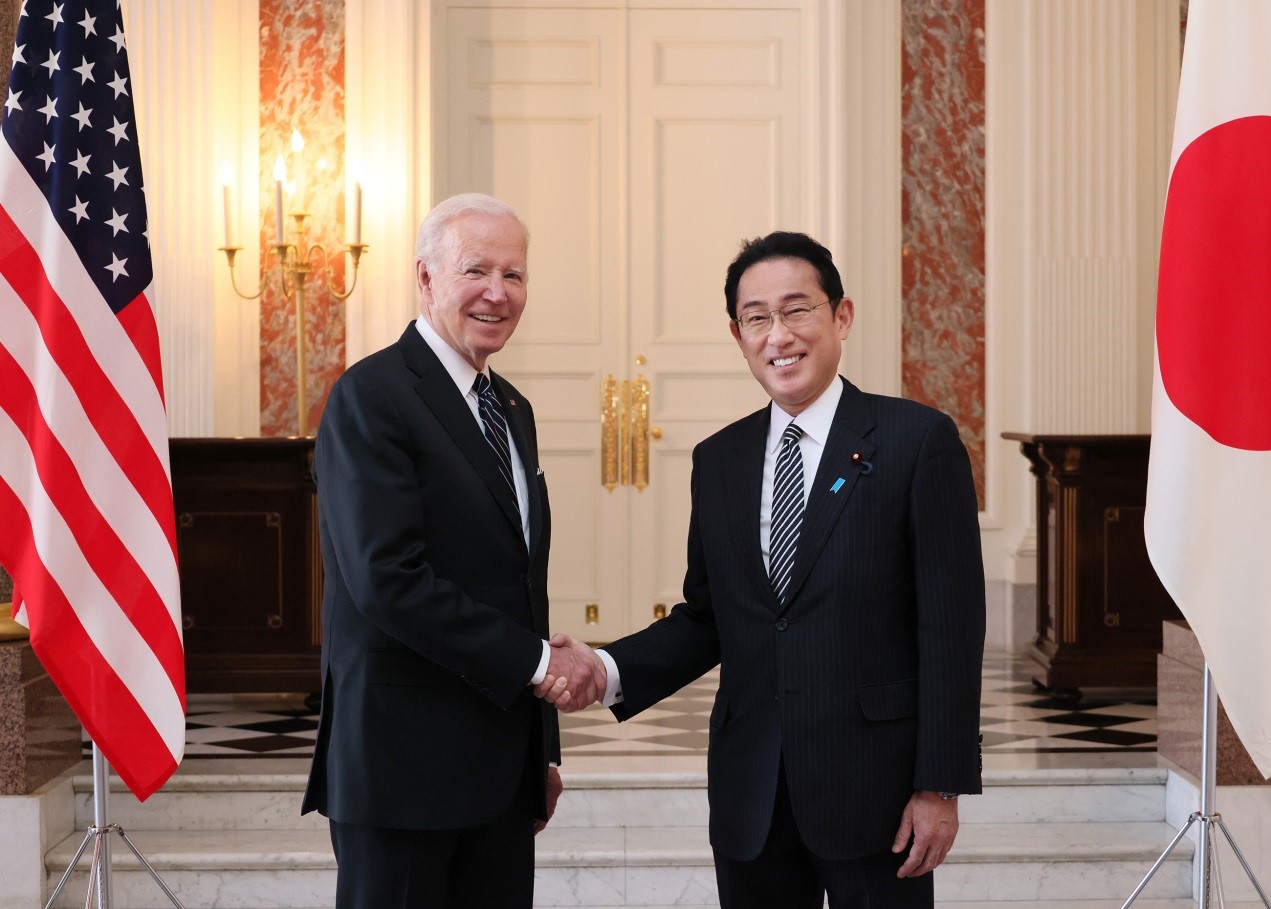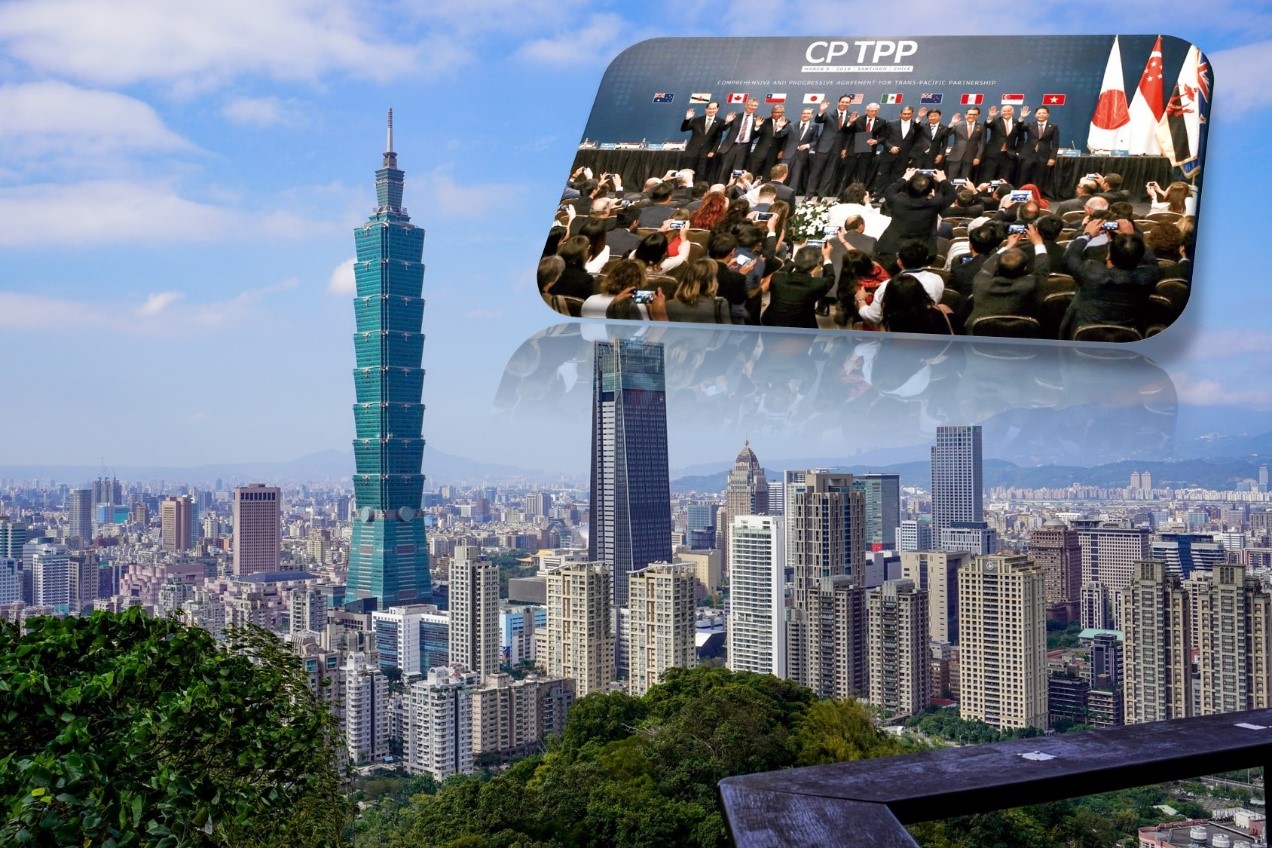PM Kishida’s State Visit to Washington: Impact on the Alliance and the Indo-Pacific
When Japanese Prime Minister Fumio Kishida met U.S. President Joe Biden in the White House on April 10, one of the strongest messages that came out of their meeting was the two countries’ resolve to position the U.S.-Japan alliance as the anchor of their shared vision of free and open Indo-Pacific. Picture source: U.S. embassy & consulates in Japan, April 11, 2024, U.S. embassy & consulates in Japan, https://jp.usembassy.gov/president-biden-welcomes-prime-minister-kishida-to-the-white-house/.
Prospects & Perspectives No. 32
PM Kishida’s State Visit to Washington: Impact on the Alliance and the Indo-Pacific
By Yuki Tatsumi
On May 20, President Lai Ching-te squarely placed Taiwan as “a global beacon of democracy,” “a pilot of global peace,” and “a force for global prosperity.” His message — Taiwan is resolutely committed to democracy, firmly believes in peace through stability and peaceful dialogue, and is willing to work with like-minded democracies to remain peace and stability across Taiwan Strait — runs a remarkable parallel to the key messages that came out of Japanese Prime Minister Fumio Kishida’s visit to Washington in April.
From ‘the cornerstone of peace and stability in Indo-Pacific” to “the cornerstone of an international liberal order’
When Kishida met U.S. President Joe Biden in the White House on April 10, one of the strongest messages that came out of their meeting was the two countries’ resolve to position the U.S.-Japan alliance as the anchor of their shared vision of free and open Indo-Pacific. Indeed, the two leaders’ joint statement, entitled “Global Partners for the Future,” demonstrated their recommitment of its alliance to “a shared commitment to work with like-minded partners and multilateral institutions to address common challenges and to ensure a world that is free, open, connected, resilient, and secure.” Further, the two leaders stated that their shared commitment was grounded in their “shared fundamental respect for international law, including the protection and promotion of human rights and dignity, the sovereignty and territorial integrity of all states, and the prohibition on acquisition of territory by force” and that their shared purpose for the future of their alliance was “to uphold and bolster the free and open international order based on the rule of law.”
Together, Biden and Kishida rolled out a number of initiatives — more than 70 in total — that would take the bilateral alliance in this direction. These initiatives, spanning bilateral military cooperation, mutual economic investments in emerging technologies, and people-to-people exchanges, all aim toward a shared goal of a bilateral partnership that is not limited to collaboration in specific policy areas or geographical regions, but rather deepen their already strong relationship and connect it with other partnerships they have beyond their strictly bilateral framework of cooperation.
The 11-page Joint Leaders Statement, complemented by 17-page long Fact Sheets, spells out how the two countries tackle global challenges — everything from strategic challenges to the quest for scientific and technological aspirations, transnational challenges including climate change and mutual direct investment between the private sectors — and further Kishida’s effort to position the U.S.-Japan alliance as the anchor of the two countries’ efforts to pursue their shared interest in upholding the existing liberal international order.
In a joint press conference, the two leaders announced a number of concrete agreements that pave the way to elevate the bilateral alliance — which long served as “the cornerstone of peace and prosperity for the Indo-Pacific region” — to the anchor of the liberal international order. Indeed, the list is long, and touches on a wide variety of policy areas. From sending Japanese astronauts to the moon under the auspice of the NASA-led Artemis Program, launching joint research on AI and other emerging advanced technologies, to starting the consultation to modernize the way that the two militaries coordinate their operations, an impressively long list of concrete deliverables demonstrate two countries’ unambiguous commitment to qualitatively transform the U.S.-Japan alliance to the global partnership.
In this context, their reference to the Taiwan Strait was noteworthy. For the first time, while they call for the peaceful resolution of cross-Strait issues, they acknowledged that the peace and stability across the Taiwan Strait was “an indispensable element of global security and prosperity.” Acknowledgement of their shared interest in peace and stability across the Taiwan Strait in global context not only signals their willingness to elevate the cross-Strait issues to a global security issues, but also is a reflection of increasing interest demonstrated by their security partners outside indo-Pacific region, as seen by greater interest to support Taiwan’s democracy by Europe.
Kishida’s goals for the Washington visit
Kishida arrived in the U.S. on April 9 for the official visit. His arrival marked the first official visit to the U.S. by a Japanese prime minister in nine years, only preceded by the late former Prime Minister Shinzo Abe in 2015. As such, his itinerary was packed with activities. Just during his stay in Washington, D.C., alone, Kishida completed a whirlwind schedule which started with the private visit to President and Mrs. Biden followed by the official arrival ceremony, two Summit meetings (one with the U.S, the other with the U.S. and the Philippines) and the speech to the Joint Session of U.S. Congress.
What is notable about the discourse between the two leaders was the tone. Even though pats U.S. president always referred to Japan as one of the most important allies in the world, there was always an unspoken reality that Tokyo, at the end of the day, was Washington’s junior alliance partner. In contrast, it was evident from Biden’s remarks — frequent praise for Kishida’s “leadership” by unequivocally speaking up against Russian invasion of Ukraine and his efforts to unite the international community based on the two countries’ shared values such as democracy and rule of law — that the Administration genuinely considers Japan as an equal partner.
The overarching tone that Biden adopted for Kishida’s visit — elevating Japan as a true equal in their bilateral alliance — was compatible and reciprocated by Kishida own goals for his visit. Kishida had two overarching goals for his visit. One was to publicly showcase the width and depth of “global” nature of a partnership between the U.S. and Japan as an indispensable partner for the pursuit of “a world which is free, open, connected, resilient and secure,” and which transcends the narrowly defined bilateral alliance cooperation between the two countries’ defense establishments. A second goal for Kishida — a much more subtle one and yet just as important — was to carefully begin to lay the groundwork to prepare for the possible return of Donald Trump following the November 2024 election and a growing force in the U.S. House of Representatives that is perceived as inward-looking and isolationist, looking at alliances and partnership in more transactional lens similar to Trump. Kishida’s speech at U.S. Congress exemplified these two goals. The most important message Kishida intended to deliver was (1) the world continues to need U.S. leadership on a global stage, but (2) the U.S. should not have to bear all the burden — Japan is willing to share the burden as an equal partner.
The Way forward
Now that Biden and Kishida showed their vision of the roadmap for the future of the U.S.-Japan alliance, the real hard work begins for the officials of both countries to bring this vision into the reality. Many of the initiatives they launched at the Summit require lengthy consultation not only between government agencies but also among private sectors, academia and civic leaders to bring them to fruition. This requires sustained political will and leadership at the most senior levels in both governments.
In this context, potential political transition in both capitals could have an impact on the momentum for implementation. In particular, should “Trump 2.0” emerge as the result of the November 2024 presidential election, major changes in U.S. foreign policy outlook are anticipated. Even in Tokyo, even though the prospects of an end of the current rule under the Liberal Democratic Party (LDP)-Komeito coalition are very slim, the change of prime minister could affect the level of enthusiasm that Kishida’ predecessor brought to see these initiatives through. If the two countries can overcome these challenges moving forward, that will unequivocally demonstrate the resilience and depth of U.S.-Japan relations.
(Yuki Tatsumi is a Senior Fellow and Co-Director of the East Asia Program and Director of the Japan Program at the Stimson Center.)

